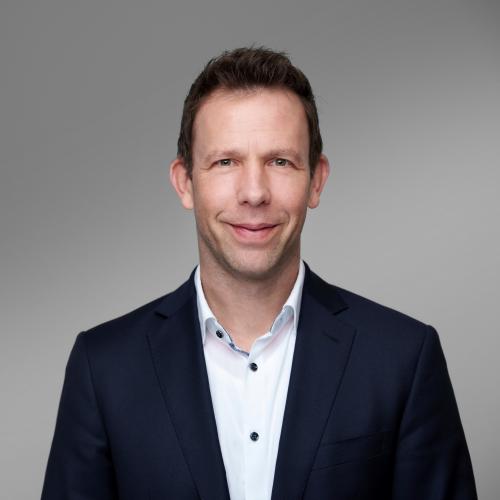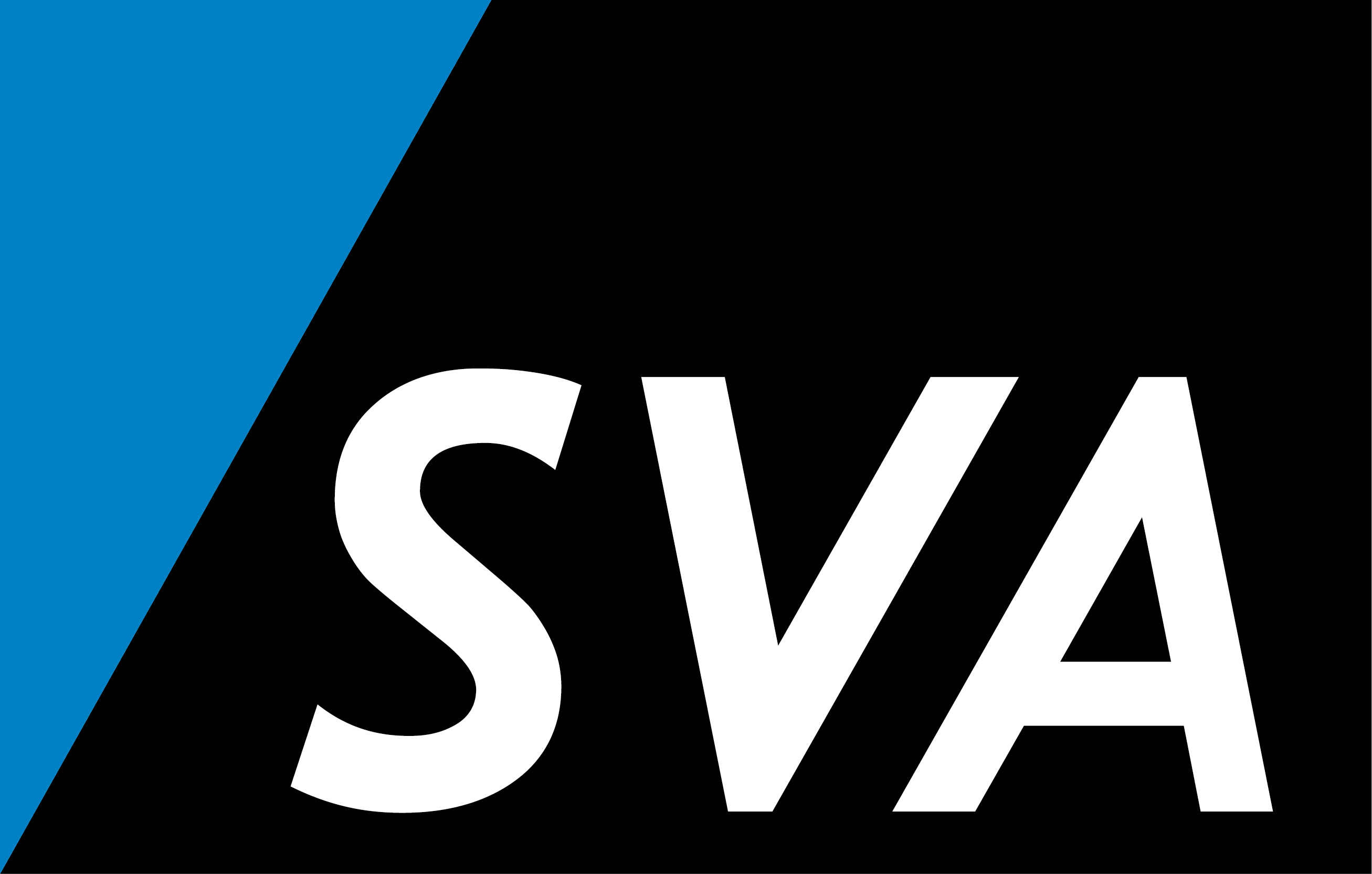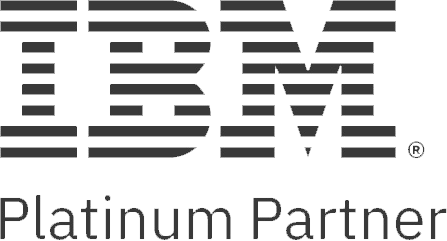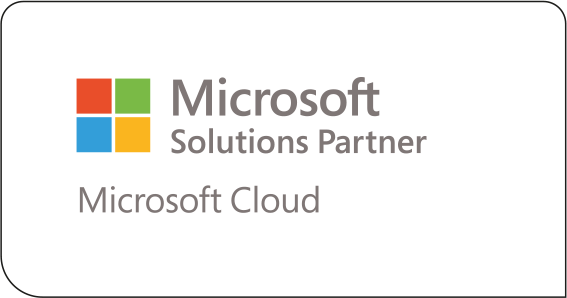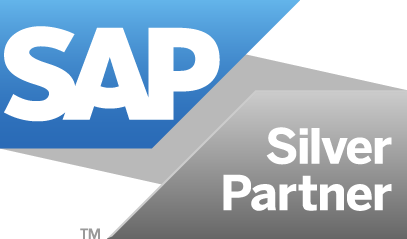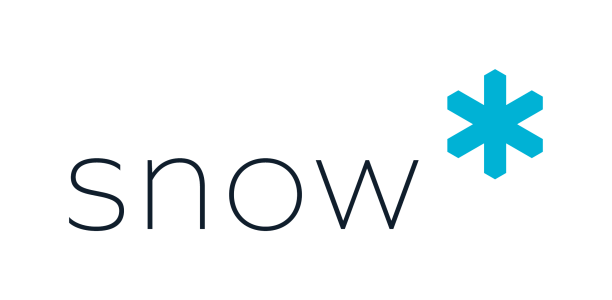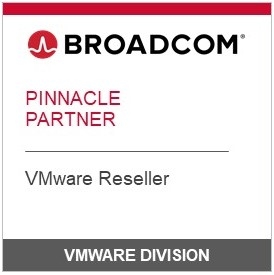Software Asset Management
SAM: Keeping Track of Transparency, Risk Minimization and Cost Optimization
For a long time, software procurement was driven largely by growing digitalization. Now, many companies are facing the challenge of reconditioning their existing software transparently, documenting it, and managing it proactively. A lack of knowledge about which software is already in place often leads to unplanned additional costs, for example through unused software or fines.
Reduce the risks of unexpected costs by introducing a software asset management system. Taking an end-to-end view of software assets enables you not only to maintain compliance, but also to reduce workload and additional costs through transparent documentation of your assets.
What is software asset management?
Software asset management (SAM) is an over-arching program within a company, focusing particularly on software assets. The goal of SAM is to optimize the procurement, operation and replacement of software products within a defined organization.
Software asset management in detail
Software asset management is more than simply examining the current state of the software situation – it follows assets from their introduction to retirement, constantly tracking their value creation within the organization.
Steered software procurement
Over-licensing results from insufficient steering of software procurement, and is comparatively easy to solve. A company has more licenses that it needs, resulting in additional costs. These can be reduced in the medium term, depending on the channel via which they were acquired. In contrast, under-licensing violates contractual provisions and therefore carries significant risks. Companies can expect fines, a loss of credibility, and withdrawal of the right to use the software products affected. Implementing an SAM program can reduce these risks significantly.
Software operation
You have selected and implemented a software solution that meets your requirements and ensured that it runs smoothly – but that is not the end of the story. You still need to define responsibilities, review maintenance contracts, and track whether the software’s field of use remains unchanged. After all, any change in the field of use automatically results in subsequent steps, whose appropriateness needs to be assessed.
Software supersedence
Software has a limited life cycle. Depending on where it is used and the organizational constraints, every software product needs to be evaluated at some point. Those responsible need to assess whether to remove the software from operation and procure a replacement. But there are various factors to take into account when replacing software, including deciding what to do with the old product and any related contracts, and defining requirements and responsibilities in order to prevent additional costs.
SAM as a service
Software asset management requires information from many divisions of the company and relies on numerous different sources. It is often a major challenge to keep the required information available and up to date in order to deliver the promised added value. Repositioning SAM within the organization is therefore crucial. Positioning it as an internal service provider that delivers clearly described added value helps the program significantly to gain perception. The proactive exchange of information and the effort this entails are reduced, while the data becomes more up to date.
Our services for software asset management
Additional costs are often a direct consequence of insufficient knowledge of one’s own software inventory. Our goal is therefore to work with our customers to develop a forward-thinking, structured, flexible strategy that benefits them in the long term. Since every situation is unique, the approach must always be adapted to the relevant needs and requirements.
How you benefit
-
Transparency
End-to-end software asset management gives you a comprehensive overview of the use of software products within your organization and reveals previously unknown software assets. -
Cost reduction
Transparency means that you know the current status of your assets at all times. This makes it easy for you to identify and remove unused software. You can consolidate the procurement routes for your software products, thus preventing additional expenditure caused by redundant activities. Business cases for the use of your assets also give you a stable, reliable basis for contract negotiations and for planning your software asset spending.
-
Risk minimization
As well as identifying excess licenses, the transparency created also provides further added value by revealing under-licensed solutions. SAM is therefore a key tool for adhering to statutory and contractual requirements. -
Workload control
Clearly defined structures and responsibilities prevent excessive workloads and thus unnecessary overloading of the employees working on the program.
Any Questions?
If you would like to know more about this subject, I am happy to assist you.
Contact us